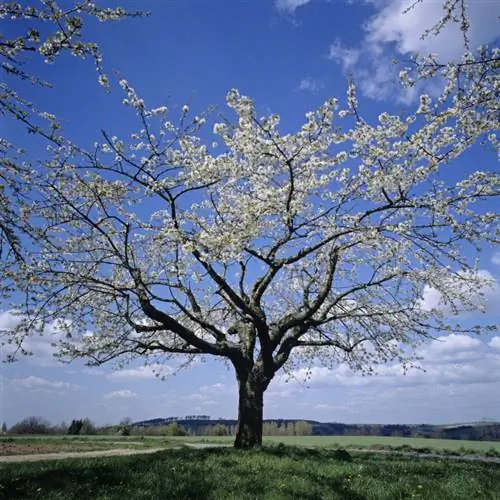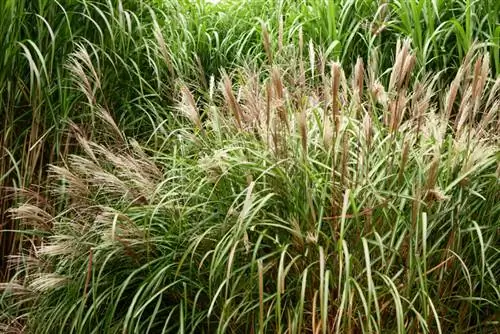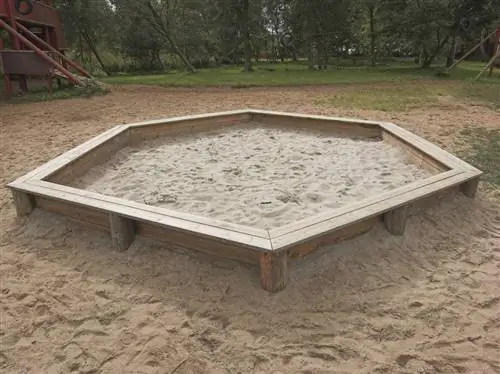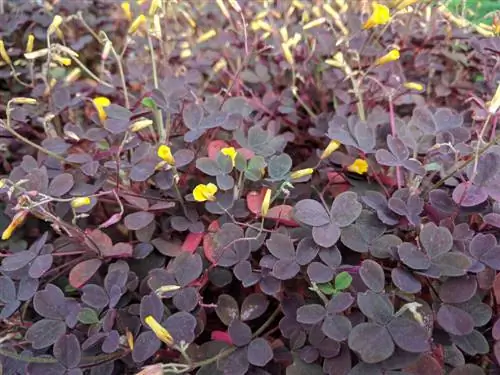- Author admin [email protected].
- Public 2023-12-16 16:46.
- Last modified 2025-01-23 11:20.
Use moss as a ground cover to transform low-light niches in the garden into a lush green feast for the eyes. The gentle alternative to ivy, medlar, shade green and colleagues does not, of course, fully meet expectations. Read here when and how moss is perfect as a ground cover, with tips on the advantages and disadvantages.
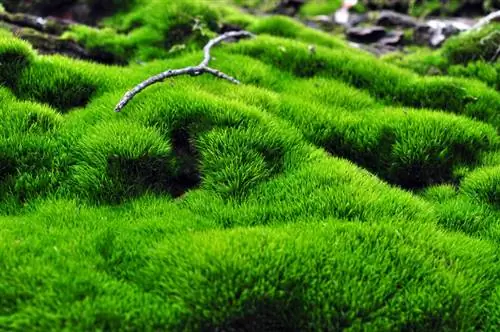
Is moss suitable as a ground cover in the garden?
Moss is particularly suitable as a ground cover for low-light, moist locations with acidic garden soil. However, the plants are not resistant to wear and tear and are less competitive against weeds. Alternatively, star moss can be used as a walk-on lawn replacement.
The right location sets the course
For moss to be useful as a ground cover, the location should be on par with the general conditions of the natural occurrence. Most moss species attach great importance to these light and soil conditions:
- A place with indirect sunlight up to shade
- Preferably humid near a pond or stream
- A fresh to moist, nutrient-poor garden soil
- Ideally with an acidic pH value between 5.0 and 6.5
Moss preferably lies at the feet of your deciduous and coniferous trees or spreads out under hedges as a decorative ground cover. In addition, within the large family of moss plants there are lime-tolerant species that decorate stones and walls with a green dress.
How to plant moss as a ground cover
If you assign moss plants to the ideal location, the green carpet will spread out by itself. You will give the growth additional momentum if you spread a thin layer of peat (€15.00 on Amazon) or leaf compost as a base and compact it slightly with the lawn roller. Place small pieces of moss that you have loosened from the ground or stone elsewhere in the garden at a distance of 4-5 cm and water.
Advantages and disadvantages
To give seemingly natural greenery to a low-light, damp area in the garden, moss is a good and inexpensive solution. Moss plants, on the other hand, are too weak to suppress weeds because they do not root in the soil. Furthermore, the tread resistance leaves a lot to be desired. This is especially true on rainy days, when pieces of moss come loose even under light loads.
Tip
Star moss (Sagina subulata), contrary to its name, is not a moss in the botanical sense and yet develops a lush green, dense carpet. During the summer, tiny white flowers add pretty accents. In contrast to moss, the plants root in the soil, so that they serve as a walk-on substitute for lawns and do not become unpredictably slippery when it rains.


